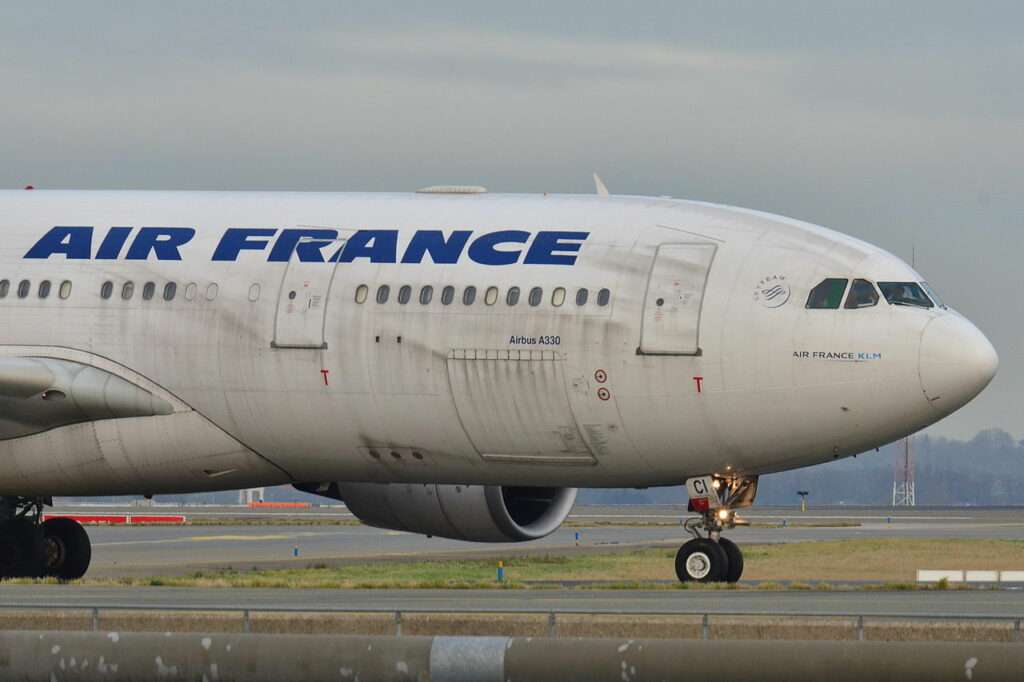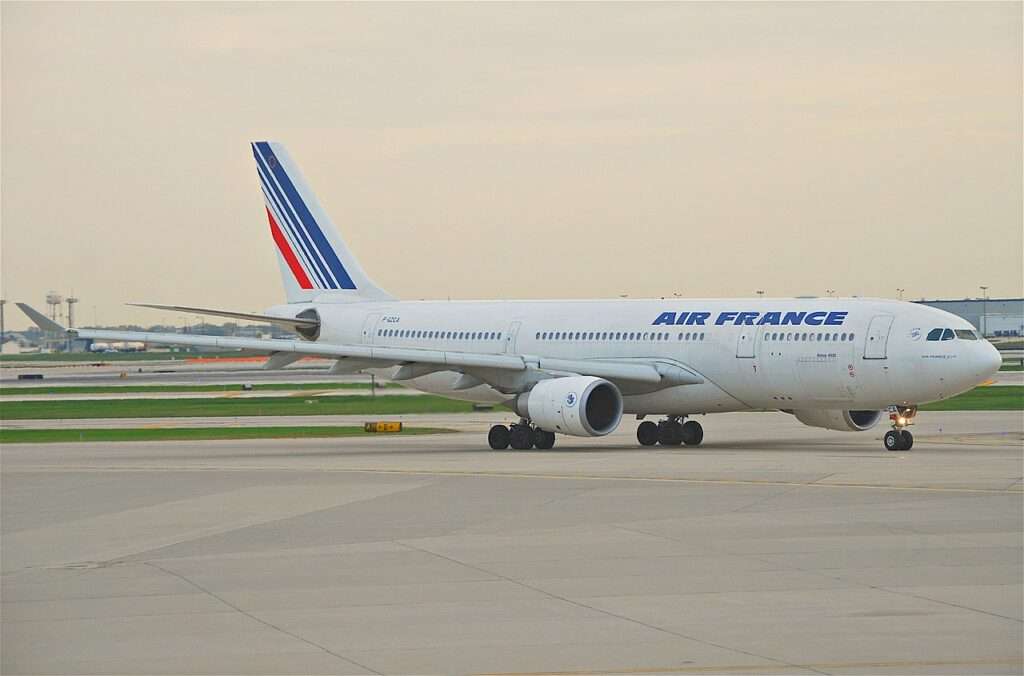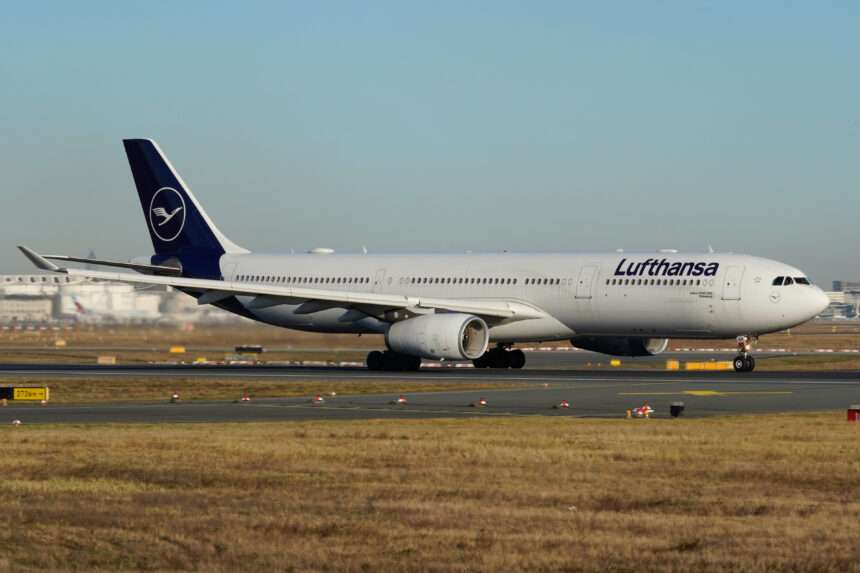Air France Flight 447 (AF447) remains a chilling chapter in aviation history. On June 1, 2009, this Airbus A330 traveling from Rio de Janeiro to Paris vanished from radar screens over the vast expanse of the Atlantic Ocean.
The wreckage wouldn’t be located for nearly two years, and the cause, a series of unfortunate events coupled with human error, sent shockwaves through the industry.
The flight began uneventfully, with a routine departure from Rio. As the aircraft climbed to cruising altitude, the crew settled into the long haul.
However, around four hours into the flight, the tranquility was shattered.

Air France 447 encountered a band of intertropical convergence zone (ITCZ) weather, characterized by turbulence and thunderstorms.
Encountering Trouble: Icing and Autopilot Disconnect
One crucial consequence of entering this weather system was the formation of ice on the plane’s pitot tubes, small sensors that measure airspeed.
With faulty airspeed readings, the autopilot disengaged, thrusting the responsibility of controlling the aircraft back onto the pilots.
Unfortunately, a complex interplay of factors contributed to the tragic outcome. Confusion arose due to the conflicting airspeed readings.
The new pilot at the controls misinterpreted the situation, believing the plane was climbing too fast when it was actually descending slowly.
His response, pushing the nose down further, inadvertently stalled the aircraft.

Stalls occur when an airplane loses lift, the force that keeps it airborne.
While modern aircraft have stall warnings, the crew of Air France 447 appeared unaware of the developing situation.
Despite frantic efforts to recover in the ensuing minutes, the aircraft remained stalled and continued to descend.
The black box recordings captured the pilots’ struggle to regain control, along with their growing sense of urgency and confusion.
The Aftermath: Investigations and Reforms
The crash of Air France 447 sent a jolt through the aviation industry.
With a spotless safety record for decades, Air France was forced to confront the harsh reality of the accident. Investigations focused on several key areas.
- Automation and Pilot Training: The role of automation and pilot training in handling emergencies with unreliable data came under scrutiny.
- Human Factors: The human factors of crew fatigue and communication breakdowns were also examined.
The Bureau of Enquiry and Analysis for Civil Aviation Safety (BEA), France’s aviation accident investigation agency, released its final report in 2012.

The report acknowledged the technical malfunction of the pitot tubes but placed the primary blame on pilot error.
It cited a lack of understanding of the situation, inappropriate control inputs, and inadequate communication as key factors leading to the stall and subsequent crash.
Learning from Loss: Improving Safety Measures
The Air France 447 tragedy left an indelible mark.
All 228 people on board perished, making it the deadliest accident in Air France’s history and the worst to occur in the Atlantic since the 1970s.
In the aftermath, airlines and manufacturers implemented changes.
- Improved Pilot Training: Improved training protocols for pilots regarding stall recognition and recovery from unusual attitudes were introduced.
- Aircraft Modifications: Airbus modified the A330’s software to provide clearer stall warnings and improve pilot awareness in similar situations.
Crew Resource Management (CRM): Beyond the technical changes, Air France 447 highlighted the importance of crew resource management (CRM).
CRM emphasizes clear communication, collaboration, and decision-making within the cockpit.
Effective use of CRM can help prevent misunderstandings and ensure all crew members contribute their expertise during emergencies.
A Lasting Legacy
The story of Air France 447 serves as a poignant reminder of the delicate balance between human skill and technological advancements in aviation.
While modern aircraft are marvels of engineering, they remain ultimately reliant on the knowledge and judgment of their crews.
The lessons learned from this tragedy continue to inform pilot training procedures and aircraft design, ensuring that skies remain safer for passengers and crew alike.

Click the banner to subscribe to our weekly newsleter.

Click the photo to join our WhatsApp channel so then you can stay up to date with everything going on in the aviation industry!








